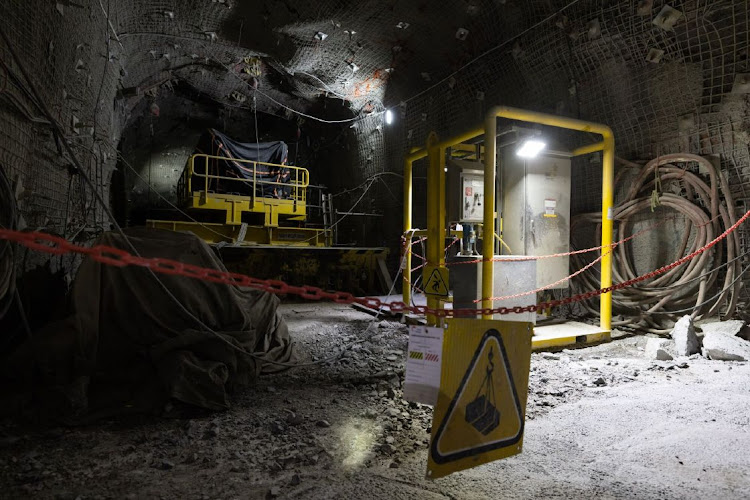SA should derisk exploration to boost mining

The examples of Zambia and Tanzania should be followed
This week’s column comes to you from the Mining Indaba in Cape Town. I’m feeling more optimistic than I did in 2023 though not at the state of SA’s mining sector, having learnt how countries such as Zambia and Tanzania have turned their policies around in a short time span and let the mining sector be an engine of growth. I see no reason SA can’t do the same.
I was on an Indaba panel this week with Kheri Mahimbali, permanent secretary of the ministry of minerals in Tanzania. I asked Mahimbali, who was formerly in the private sector, what reforms Tanzania put in place to derisk investment, and what additional reforms they were working to adopt.
Mahimbali inherited a system with policies that deterred, rather than attracted, investment. The new government has chosen low-hanging fruit that can be achieved quickly and unlock bottlenecks. For example, to avoid them getting lost in the bureaucratic black hole, Tanzania assigns every mining company a relationship manager, who escorts them through the investment process.
Mining companies can just WhatsApp their paperwork and direct their questions to their manager, who makes sure companies get their applications fast-tracked. To strengthen the relationship between government and companies the ministry holds quarterly breakfasts with mining companies to understand the challenges they face and how to address them efficiently.
This got me thinking. What if we asked the SA government the same question? What is SA doing to derisk investment, particularly exploration, the oxygen of the mining sector? Without exploration the sector will inevitably fade as older mines close. In 2003 SA’s share of global exploration expenditure amounted to 5%. Today, it’s below 1%.
The Minerals Council SA modelled the economic benefits of increasing exploration and found that if SA receives 1% of global mining exploration expenditure it generates about R532m of tax revenue and generates 5,500 jobs. If it reaches 5% of global exploration R2.7bn of tax revenue is generated and 27,700 jobs are created.
The economic return of mineral exploration is significant — and it’s long-term. Consider that the life of an SA mine can range from 20 to 80 years. It’s a gift that keeps on giving. But the reality is also that exploration is hard and expensive. The failure rate sits at about 99%. This is why derisking the exploration phase is critical. If you start exploring today it can be well over five years before you see a producing mine.
SA’s energy, water, rail and port challenges won’t be fixed tomorrow, but some policies can be rolled out within months — including incentives to derisk exploration, a clear and transparent process for securing an exploration or mining permit, and the institutional will to turn this around. Last financial year, of the 2,525 new applications that were submitted for mining permits, not a single one was even processed.
Mining remains the economic backbone of this country, not in terms of jobs but because it contributed to nearly 60% of the country’s exports in 2023. When I was in Saudi Arabia in January, an SA mining CEO asked me a valid question: who, with any commercial understanding, would bring greenfield mining investment to SA right now?
But I won’t end this column on a pessimistic note. The previous governments in Tanzania and Zambia had active resource nationalist policies that deterred investment. In fact, some companies even divested owing to double taxation, export restrictions and opaque licensing.
In a short while, less than a single presidential term, both countries developed investor friendly policies, and the investors came. I refuse to believe SA mining is anywhere near its sunset phase. While turning Transnet around may take time, exploration doesn’t need rail infrastructure. It needs incentives.